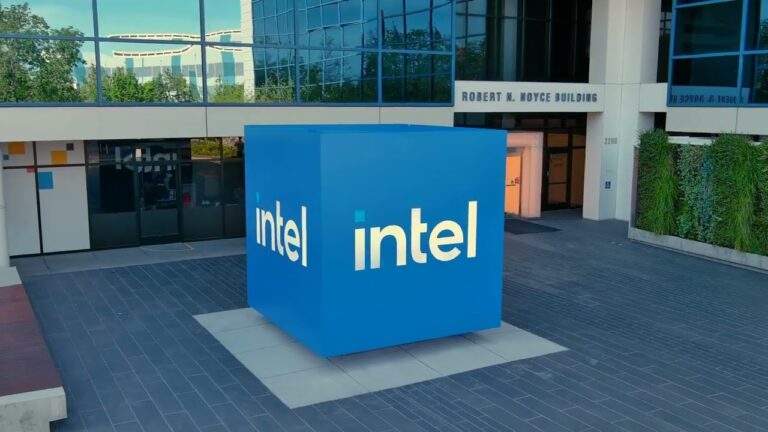There have been growing discussions about the potential for a U.S. recession over the past several weeks. In July, the unemployment rate ticked up to 4.3%—technically, this triggered the Sahm Rule, a new economic index named after economist Claudia Sahm. It has meant a recession trigger all through its short history. This is the type of biting news that has injected further waves of uncertainty into markets that are already unsteady due to the ongoing data volatility that COVID-19 has brought.
The definition of a US recession is, according to the National Bureau of Economic Research (NBER)—the officially dating body on US recessions—a “significant decline in economic activity that spans the economy”. Typically, such declines occur along with a substantial increase in unemployment. However, the current paradox is one in which the overall indicators are telling apparently diverging stories.
Whereas on one hand, the Household Survey suggests a contraction in employment, it strongly indicates a healthier trend in employment growth over the last three months based on the Establishment Survey. That reflects some kind of inconsistency about the real health status of the labor market.
Besides, interpreting the current economic condition is further complicated by the fact that the Household Survey is compared to the less volatile Establishment Survey, which, on the whole, features congenial movement.
Fed’s Balancing Act
It now becomes a delicate task for the Fed to cool this red-hot labor market without pressing on the brakes too hard. Now, as job openings have leveled off, there is hope that employment will be balanced. However, continued declines in job openings and job growth could signal deeper troubles.
A second recession indicator, the now-deinverted “2-10 spread” of Treasury yields, having gone negative 28 months ago, it starts to normalize again—a process which has historically preceded a recession. As alarming as all these signs are, many economists still have so much ground and populist sentiment to carry the day because they’re pretty optimistic about the recovery into next year—so long as the Fed will continue to adjust based on labor market and inflation dynamics.
Correcting down around 8% on the week since mid-July, the S&P500 has taken a hit; the NASDAQ has taken a harder hit this week, dropping more than 13%. Still, in the crowd of all this negativity was Freedman, being as positive as he could: “This is a well-telegraphed, slowing economy. If we felt there was a structural economic shift underway, we’d come to a different conclusion,” he explained. According to Freedman, this latest selloff still makes conditions ideal for investing.
The next six months are absolutely critical. Any further signs of weakness will push the data and, inevitably, market volatility through the roof, further fueling economic uncertainty. The big question, of course, is: Can the consumer continue spending at a fast enough pace to keep the economy on solid footing despite those lofty prices and borrowing costs?.
Haworth adds: “Modest, steady economic activity continues to be the path we appear to be on at this point, and there don’t seem to be signs of serious recession risk,” again supporting a cautiously optimistic stance. Investors and policymakers, and pretty much everybody, look for the play of inflation, interest rates, and consumer behavior to get a bead on the path the economy will take from here. The next several months will be very important in whether or not the U.S. can indeed escape a recession in these rough economic waters.




+ There are no comments
Add yours